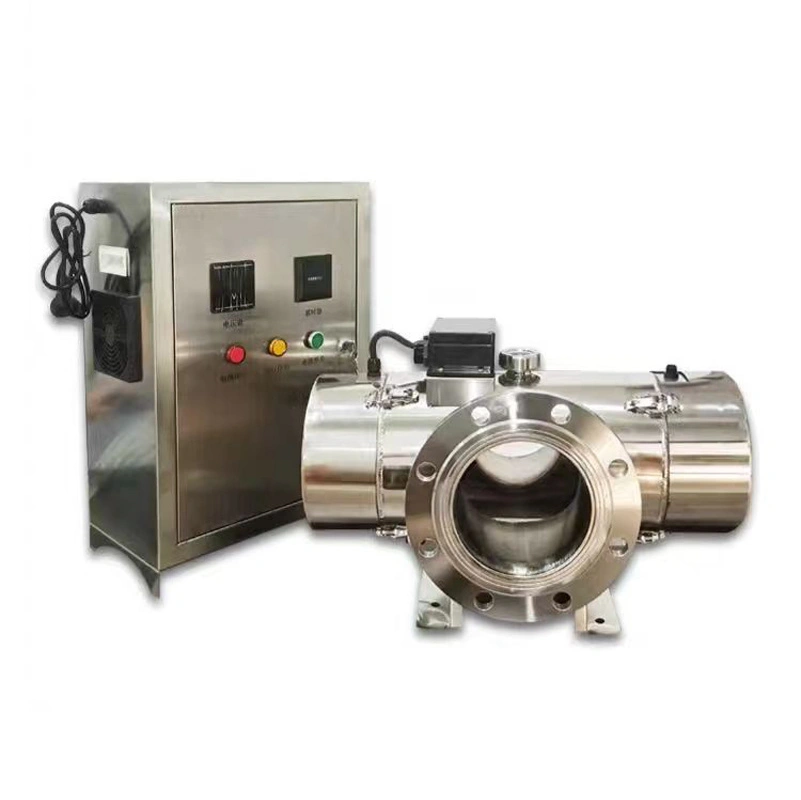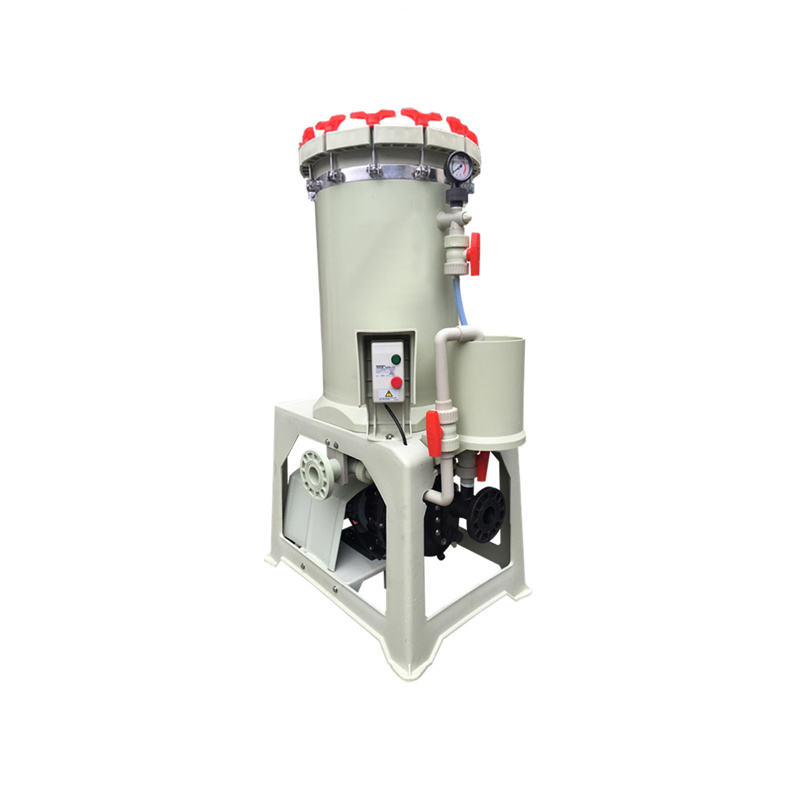
Treatment and Recycling of Aquaculture Farm Wastewater
With the rapid development of our country's economy and the improvement of social living standards, the demand for aquatic products is increasing year by year.
Classification:
Product Center
Aquatic Products and Aquariums Series
Treatment and Recycling of Aquaculture Farm Wastewater
Key words:
Treatment and Recycling of Aquaculture Farm Wastewater
Treatment and Recycling of Aquaculture Farm Wastewater Details
Introduction to the Tail Water Treatment and Recycling System of Aquaculture Farms
1. System Description
With the rapid development of China's economy and the improvement of social living standards, the demand for aquatic products has been increasing year by year. The concern and support for the development of the aquaculture industry in China have significantly strengthened, achieving remarkable results. However, the rapid development of the aquaculture industry has also caused varying degrees of damage to the water ecological environment.
According to traditional farming methods, a large amount of leftover feed and feces are discharged into the water, leading to increasingly serious pollution of aquaculture tail water. The main pollutants in aquaculture tail water areammonia nitrogen, nitrite, organic matter, phosphorus, and harmful organisms. If aquaculture tail water is not treated in a timely and effective manner,it not only worsens the environment of the farming water area but can also lead to explosive diseases in fish, shrimp, and crabs.,Even large-scale deaths can occur, resulting in a decline in the quality and yield of aquaculture products.
“Green mountains and clear waters are as valuable as mountains of gold and silver.”, with the continuous development of the social economy, the public's call for environmental protection is also growing louder. In most parts of the country, the discharge of aquaculture tail water has been strictly implemented according to the Ministry of Agriculture's "Freshwater Pond Aquaculture Water Discharge Requirements"SC/T9101-2007and "Marine Aquaculture Water Discharge Requirements"SC/T9103-2007, to ensure the sustainable development of fisheries.
2. Common Processes
The treatment process of aquaculture tail water should be designed according to freshwater or seawater farming, as well as the species, farming density, farming scale, and natural conditions of the farm. Common processes include:
Freshwater Aquaculture
1.Three Ponds and Two Dams Tail Water Treatment Process
Ecological Ditch------Sedimentation Tank-------Filtration Dam-------Aeration Tank-------Filtration Dam-------Ecological Purification Tank-------Ultraviolet Sterilization-------Reuse (Standard Discharge)
2.Artificial Wetland Tail Water Treatment Process
Ecological Ditch------Sedimentation Tank-------Artificial Wetland-------Ultraviolet Sterilization-------Reuse (Standard Discharge).
Seawater Aquaculture
- Three Ponds and Two Dams Tail Water Treatment Process
Ecological Ditch------Sedimentation Tank------Filtration Dam------Biological Purification Tank------Filtration Dam------Physicochemical Purification Tank------Sterilization and Disinfection System-------Reuse (Standard Discharge)
- Three Ponds and Two Dams+Deep Treatment Standard Discharge Process
Three Ponds and Two Dams Ecological Treatment System------Seawater Fine Filtration and Simultaneous Protein Separation System------Sterilization and Disinfection System-------Reuse (Standard Discharge)
- Pre-treatment+Three Ponds and Two Dams+Deep Treatment Standard Discharge Process
Microfiltration Machine------Protein Separator------Three Ponds and Two Dams Ecological Treatment System------Seawater Fine Filtration and Simultaneous Protein Separation System------High-Efficiency Adsorption System------Sterilization and Disinfection System-------Reuse (Standard Discharge)
3. Related Equipment
Protein separator, microfiltration machine, ozone generator, ultraviolet sterilizer, seawater fine filtration and simultaneous protein separation system, biological strain incubator, biological floating island, multi-parameter water quality online monitoring equipment.
Related Products
Online consultation
Contact Us
Fax: 020-84234030
Address: No. 81, Donghui Second Street, Huangpu District, Guangzhou
Focus on us

WeChat Public Number





